Fix: Error “Apple Pay Services are Currently Unavailable”
The error message “Apple Pay services are currently unavailable” usually pops up when you try to add a card, verify your account, or make a payment using Apple Pay. This message means your device can’t connect to Apple’s payment system.
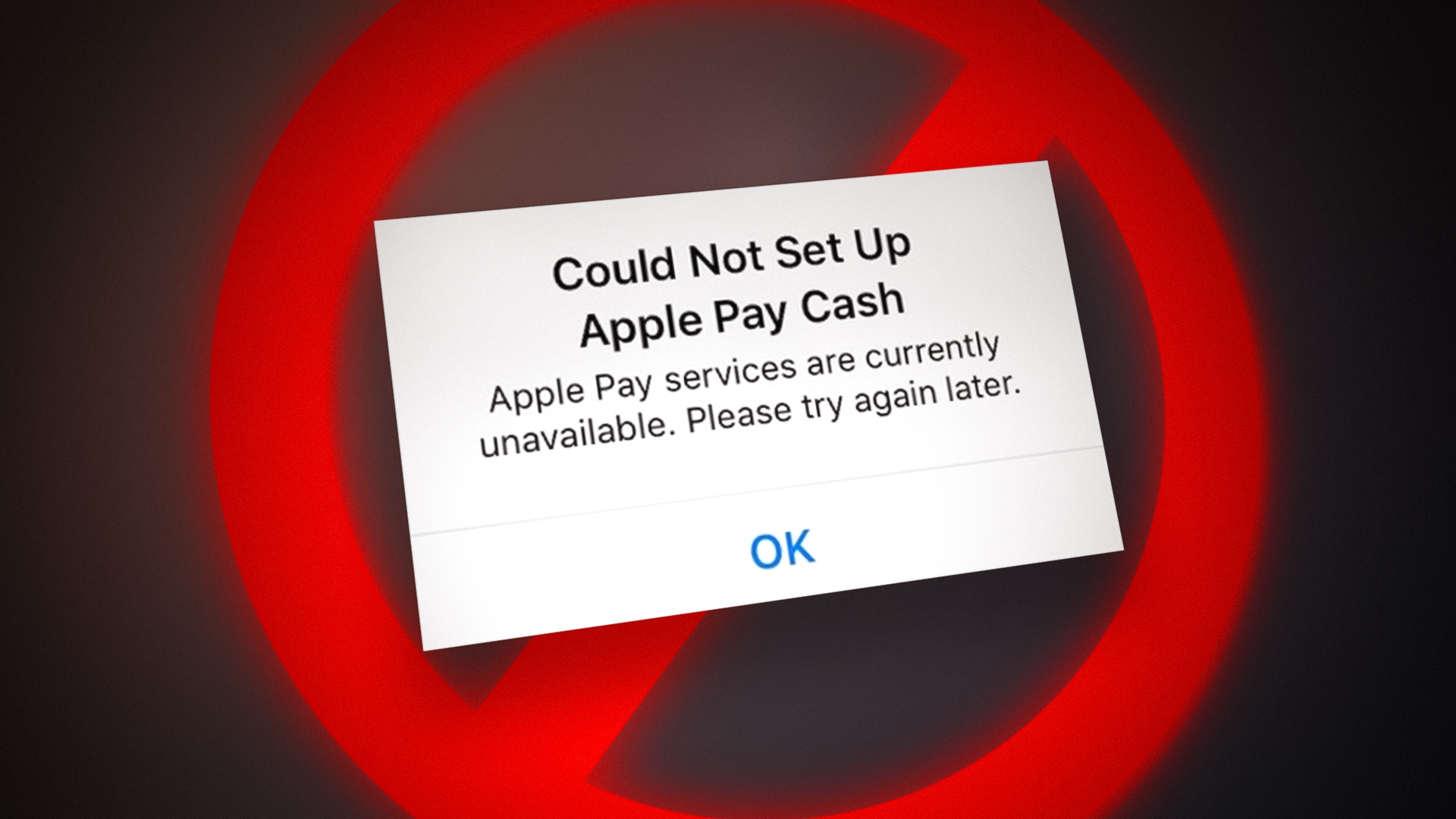
The most common reason is that Apple’s servers might be down or under maintenance, based on feedback from other users. Other possible causes include an outdated iOS version, issues caused by VPN use, your device’s region settings not matching your actual location, or not having two-factor authentication set up.
In this article, we will discuss different ways to solve this error.
1. Restart Your iPhone
Sometimes this Apple Pay issue is due to a minor glitch with your iPhone’s iOS. Restarting your phone can often fix the problem. Before you proceed, make sure that Apple Pay, Apple Card, and Apple Pay Cash services are active and running.
- Press and hold the power button on your iPhone.
- When the power slider appears, slide it to turn off your iPhone.
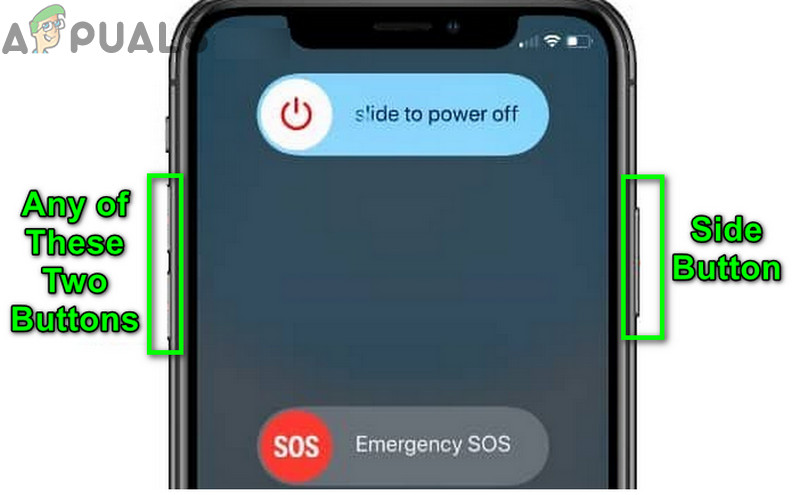
Power off iPhone - Wait until the phone is completely off. Then, press and hold the power button again until you see the Apple logo.
- Once the iPhone restarts, check to see if the Apple Pay problem is resolved.
2. Try a Different Network
Apple Pay may not work if your current network is restricting access to necessary resources (such as a workplace network). Switching to a different network can help.
- Disconnect your iPhone from its current network (either cellular or Wi-Fi), and then connect it to another network (such as a different Wi-Fi network or another phone’s hotspot).
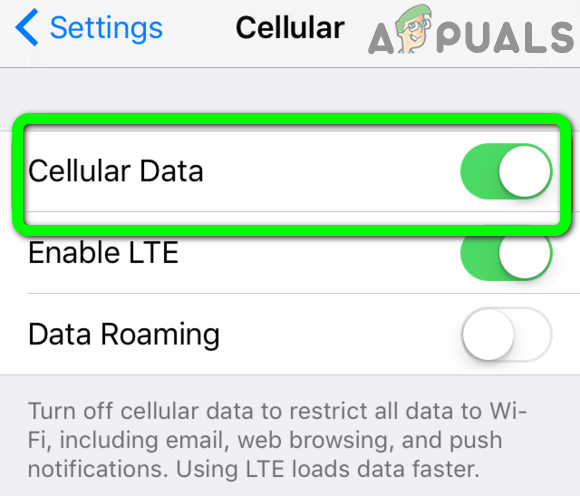
Disable Cellular Data on iPhone - Once connected, check if the Apple Pay services issue is resolved.
3. Update Your iPhone’s Regional Settings
Apple Pay is only available in certain countries and regions. If your iPhone’s region is set to a place where Apple Pay isn’t supported, you’ll encounter this issue. Adjusting your iPhone’s region may fix it.
- Open Settings and go to General.
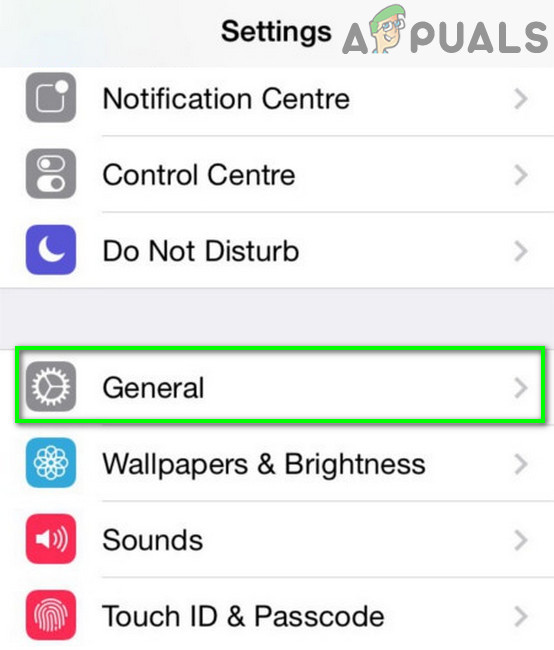
Open General Settings of iPhone - Tap Language & Region, then tap Region.
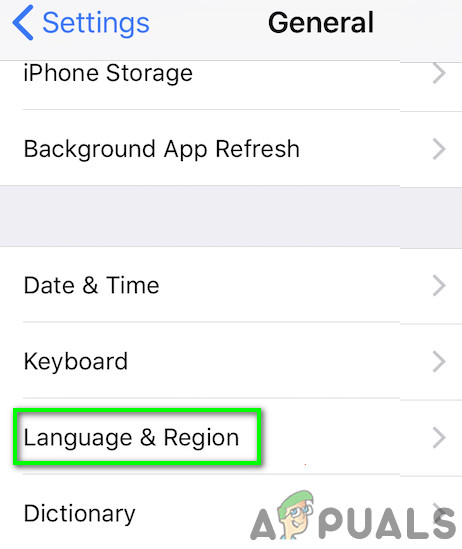
Open Language and Region Setting of iPhone - Select the correct region (for example, USA) and tap Done.

Change Your Region in iPhone - Check if Apple Pay is now working.
4. Enable Cellular Data for Apple Wallet
If the Apple Wallet app isn’t set up to use cellular data, it might not properly communicate with Apple’s servers, leading to Apple Pay being unavailable. Allowing Apple Wallet to use cellular data can fix this.
- Go to Settings and tap Cellular.
- Find Apple Wallet in the list and enable it by turning the switch on. Then, retry whatever Apple Pay task was giving you trouble.
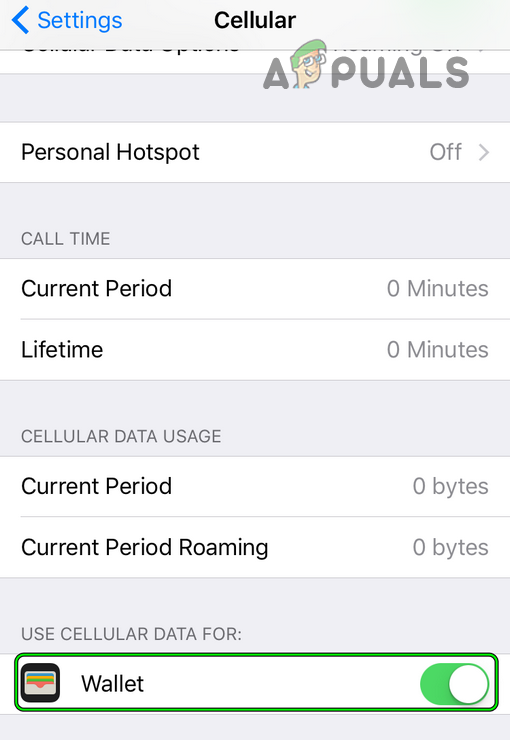
Enable Cellular Data for Wallet in iPhone
5. Turn Off VPN on Your iPhone
If your iPhone uses a VPN to connect to the Internet, it may interfere with Apple Pay, which relies on your device’s actual location. Disabling your VPN may resolve the issue.
- Navigate to Settings > General.
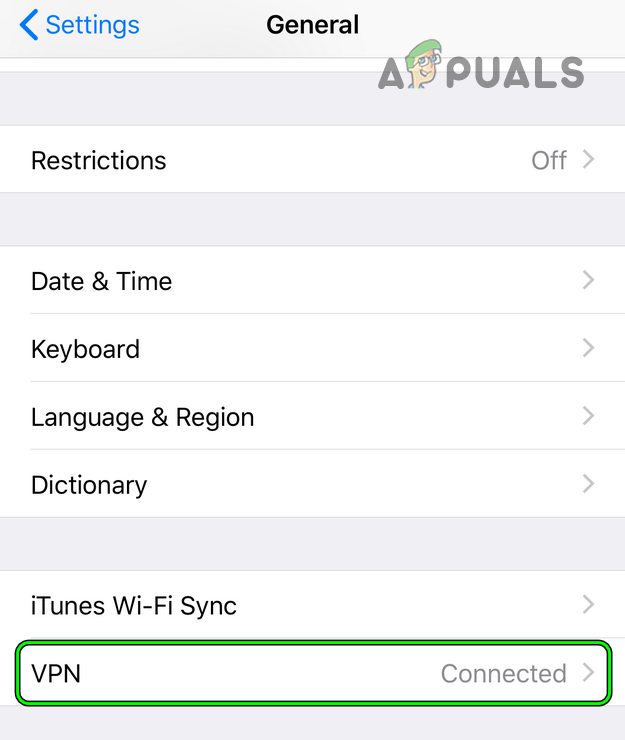
Open VPN in General Settings of iPhone - Tap VPN and set the Status switch to the Off position.
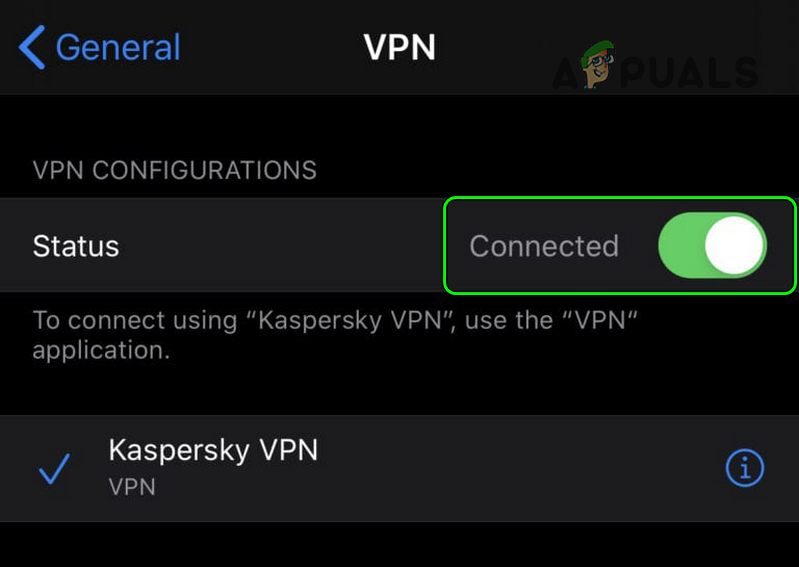
Disable VPN in iPhone Settings - Recheck Apple Pay to see if it’s now working.
6. Disable Your iPhone’s Ad Blocker
If an ad blocker on your iPhone is interfering with communication to Apple’s servers, Apple Pay might not be able to connect. Disabling your ad blocker could fix the issue.
- Go to Settings and select Safari.
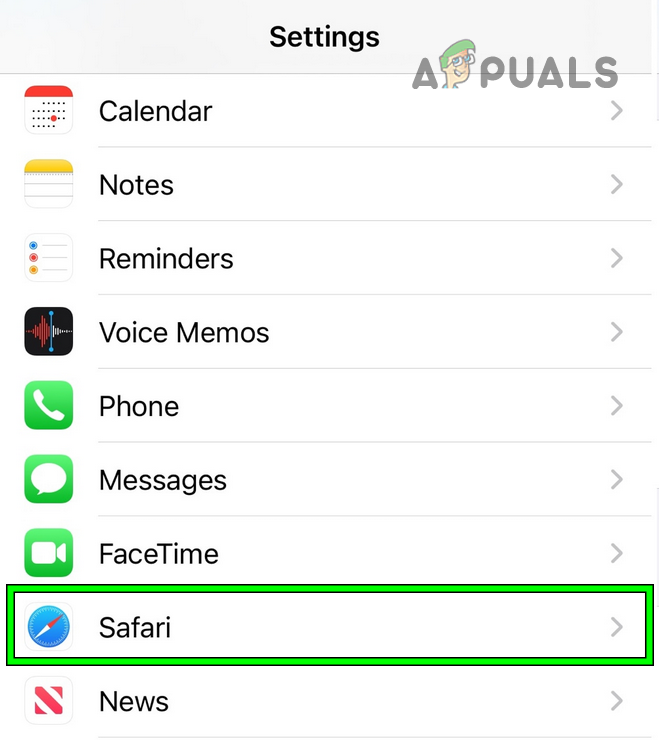
Open Safari in iPhone Settings - Tap Content Blockers and disable all blockers.
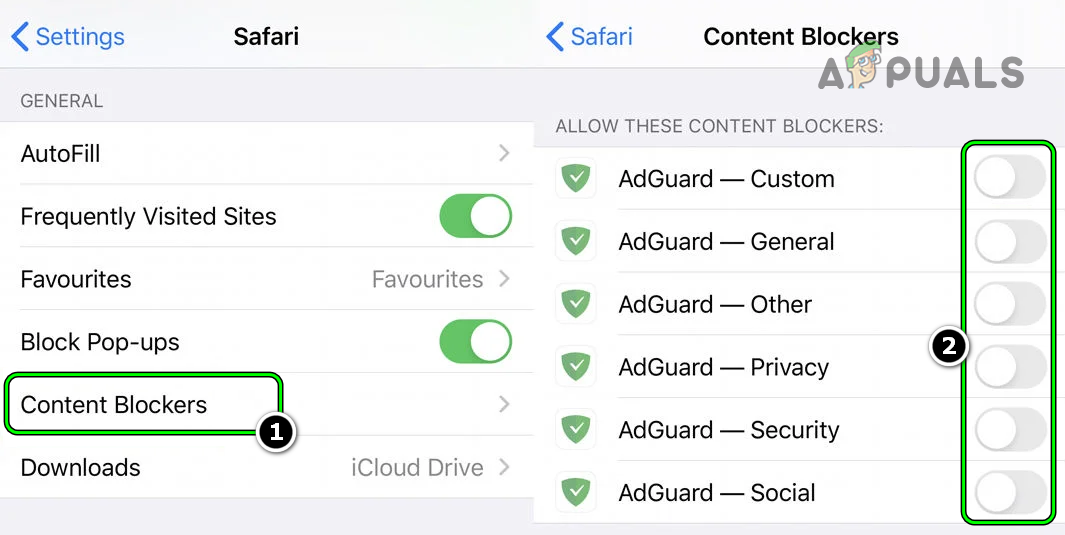
Disable Ad Blocker in iPhone - Check if Apple Pay is now functioning properly.
7. Refresh iPhone’s Connection to Cell Towers (Refresh PRL)
The PRL (Preferred Roaming List) stores information about networks your phone uses. A corrupted PRL might cause Apple Pay issues, especially at physical retail locations using NFC (Near Field Communication) for payments.
Refreshing the PRL can sometimes resolve this. Please note: the steps below work for Sprint as an example, but codes and processes can vary by carrier.
- Open the Phone app and dial:
##873283#
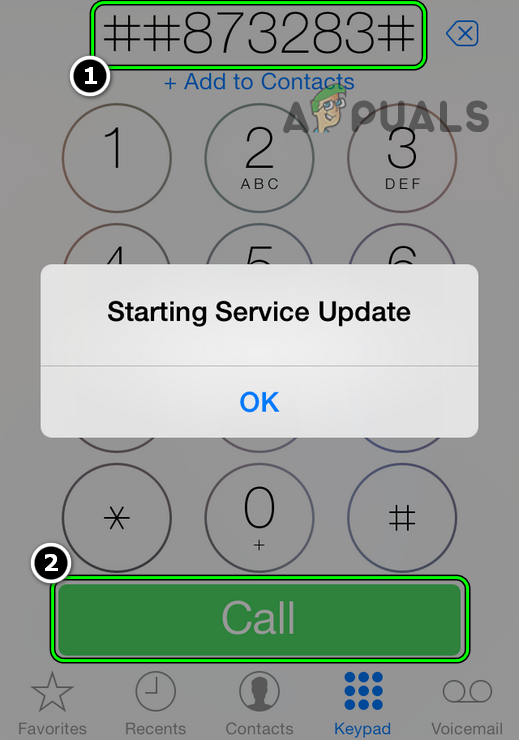
Dial ##873283# in iPhone Dialer - Tap Call and wait for the process to finish. A notification may appear when it’s done.
- Check if Apple Pay services are now available.
8. Reset iPhone’s Settings to Factory Defaults
Incorrect settings can cause Apple Pay issues. Resetting your iPhone’s settings (but not deleting your data) can return everything to default. You’ll need to re-enter Wi-Fi passwords and other settings, so make a note of anything important.
- Open Settings and go to General.
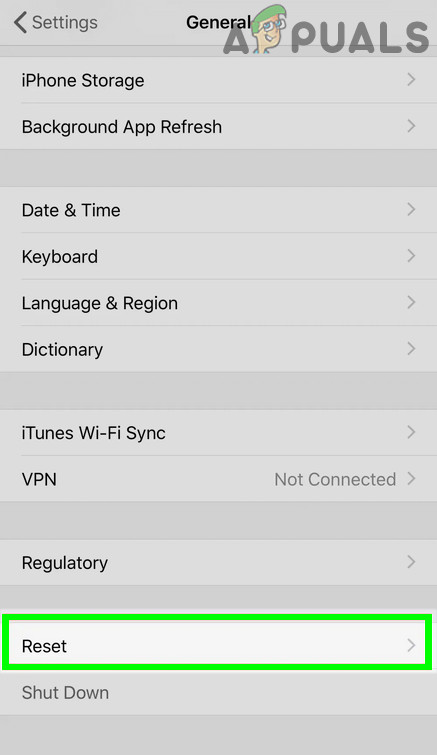
Open Reset in General Settings of Your iPhone - Select Reset and tap Reset All Settings.
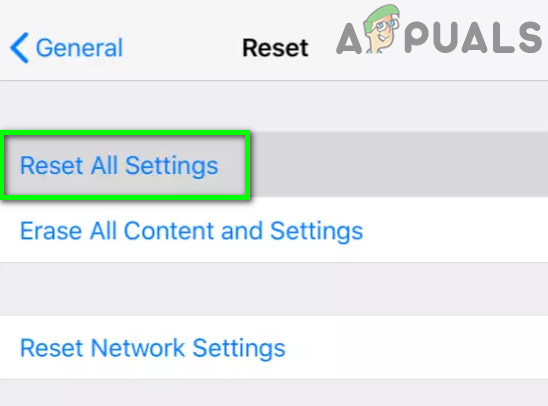
Reset All Settings on Your iPhone - Confirm the reset, then see if Apple Pay is available again.
9. Disable and Re-Enable Apple Pay Cash
Sometimes Apple Pay Cash encounters a temporary error. Turning the feature off and back on may help.
- Open Settings and tap Wallet & Apple Pay.
- Disable Apple Pay Cash. If you use multiple Apple devices (Apple Watch, iPad, etc.), repeat this for each one.
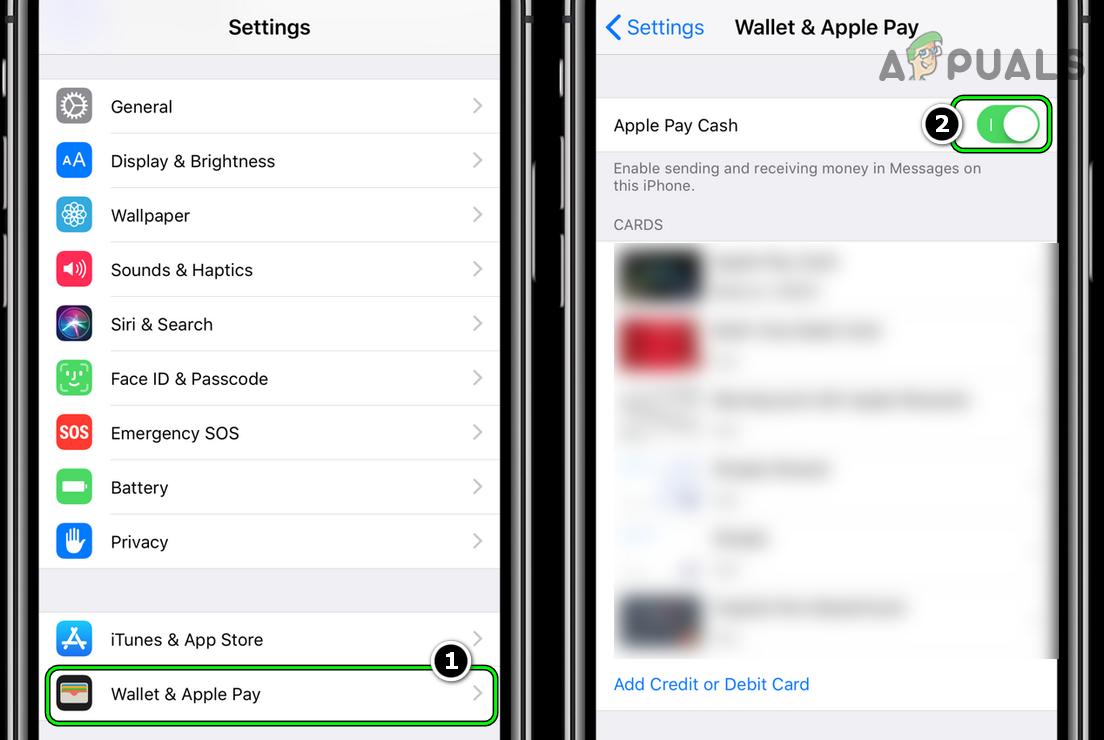
Disable Apple Pay Cash in iPhone - Make sure your Language and Region settings are correct (as described earlier).
- Restart your iPhone, then re-enable Apple Pay Cash to see if the issue is fixed.
10. Edit Your Apple ID Information
If your Apple ID information on the Apple website doesn’t match what’s on your iPhone, Apple Pay might not work. Updating your Apple ID details so they match can solve the issue.
- On a computer, go to the Apple ID page on the Apple website.
- Check your Personal Information and Payment Methods and make sure they match the information on your iPhone.
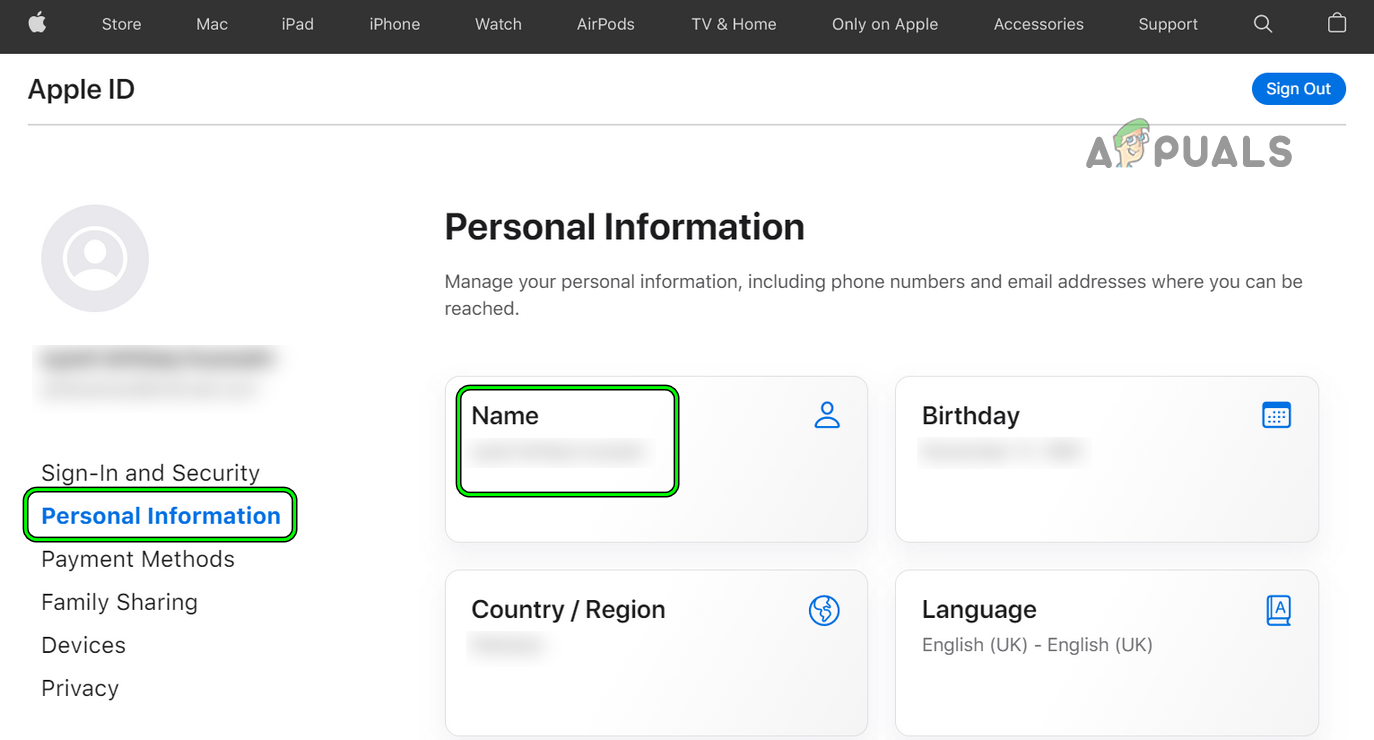
Check Personal Information of Apple ID - Click Name in the Personal Information section and remove anything from the Middle Name (Optional) field.
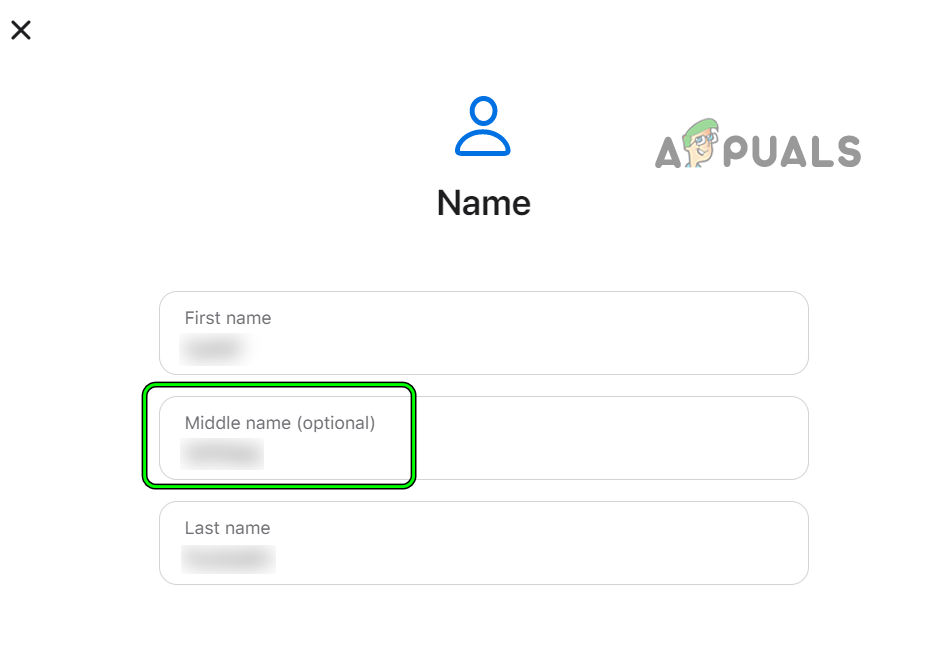
Remove Middle Name (Optional) of the Apple ID - In Payment Methods, select Manage Payment Method.
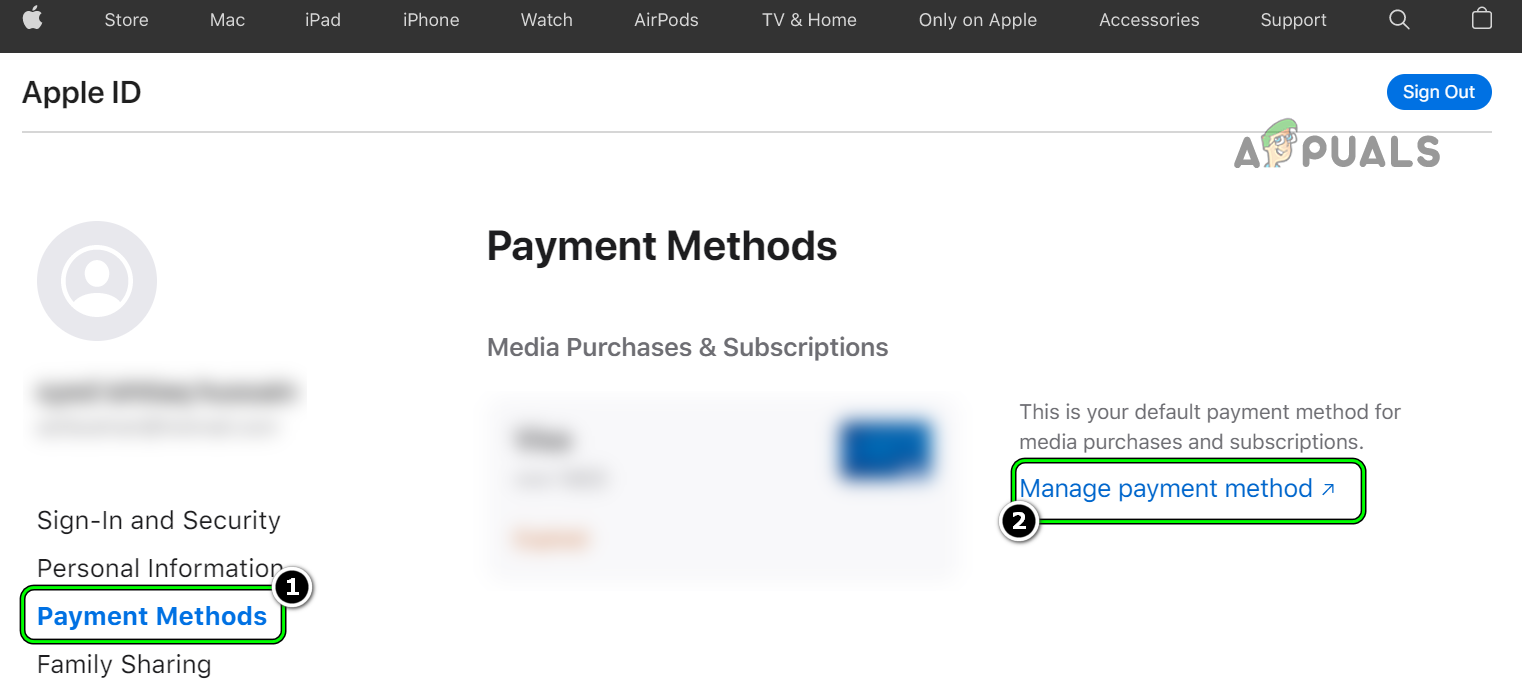
Open Manage Payment Method of the Apple ID - Make sure all information matches your device’s profile. If there’s a zip code field, clear it out if unnecessary.
- Save your changes, but don’t log out on the website yet.
- On your iPhone, go to Settings and tap your name at the top.
- Check that your Name and phone number match what you entered on the website.
- Verify if the Apple Pay issue is resolved.
11. Re-add Your Cards to Apple Pay
If you get an error when adding a card, it could be a temporary glitch with Apple’s servers (for example, a wrong expiration date saved in the cache). Removing your card, waiting 24 hours, and re-adding it usually solves the problem. Note: If you haven’t added an Apple Card to your Wallet, payments might fail.
- Open Settings and tap Wallet & Apple Pay.
- Select the card with issues (if listed) and tap Remove This Card.
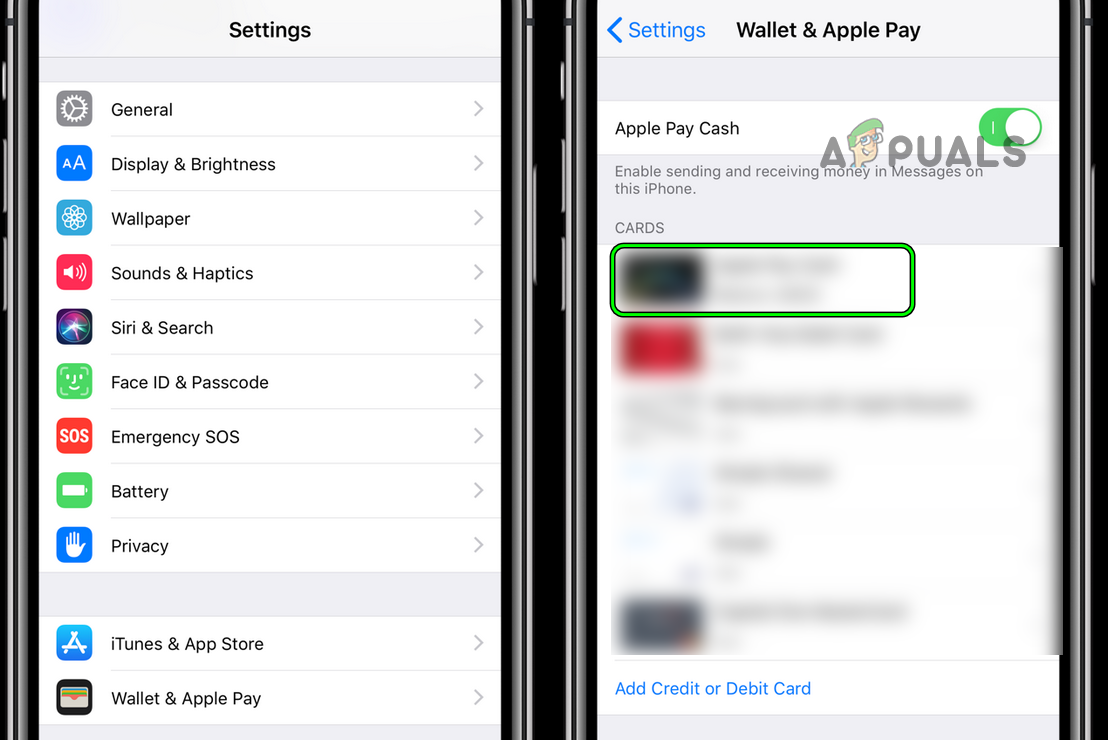
Select the Problematic Card in Apple Pay - Confirm removal and restart your iPhone.
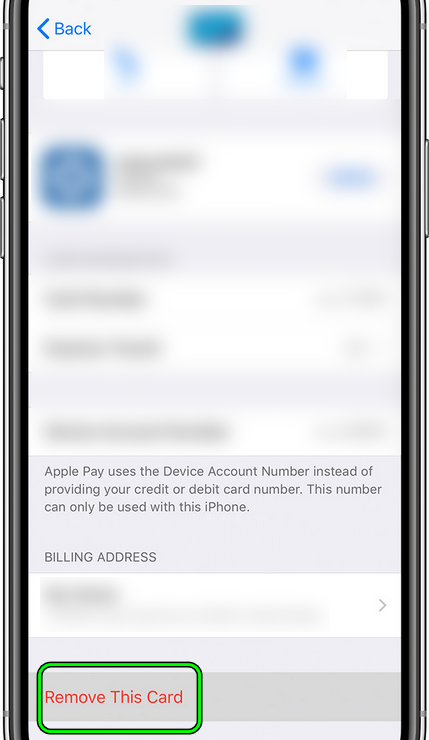
Remove the Problematic Card in Apple Pay - Wait at least 24 hours before you add the card again.
- After 24 hours, revisit Wallet & Apple Pay in Settings and tap Add Credit or Debit Card.
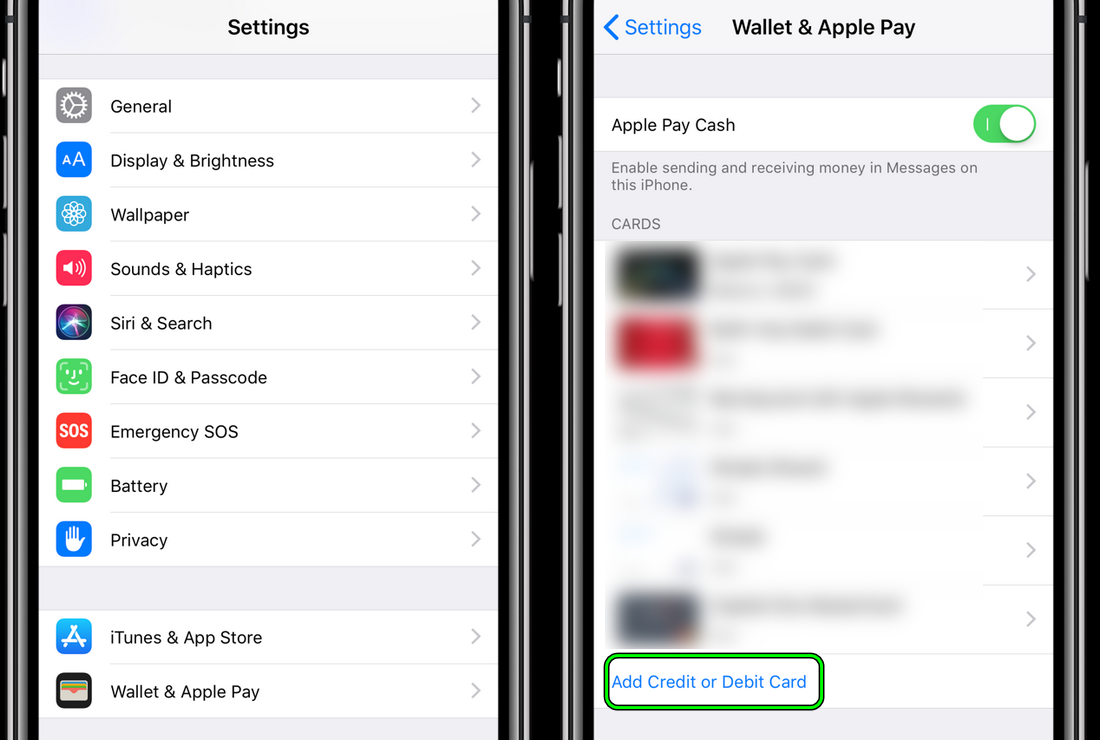
Add Credit or Debit Card in Apple Pay - If your old card appears, don’t select it—tap Add a Different Card instead.
- Choose Manually Enter and fill in your card details. If old card entries show up (like a wrong expiration date), delete them.
- After re-adding the card, see if Apple Pay now works.
12. Sign Out and Back In to iCloud
A temporary problem with your iCloud login may cause Apple Pay issues. Signing out and back in can help, but proceed with caution.
- Open Settings and navigate to iCloud.
- Tap Sign out and confirm.
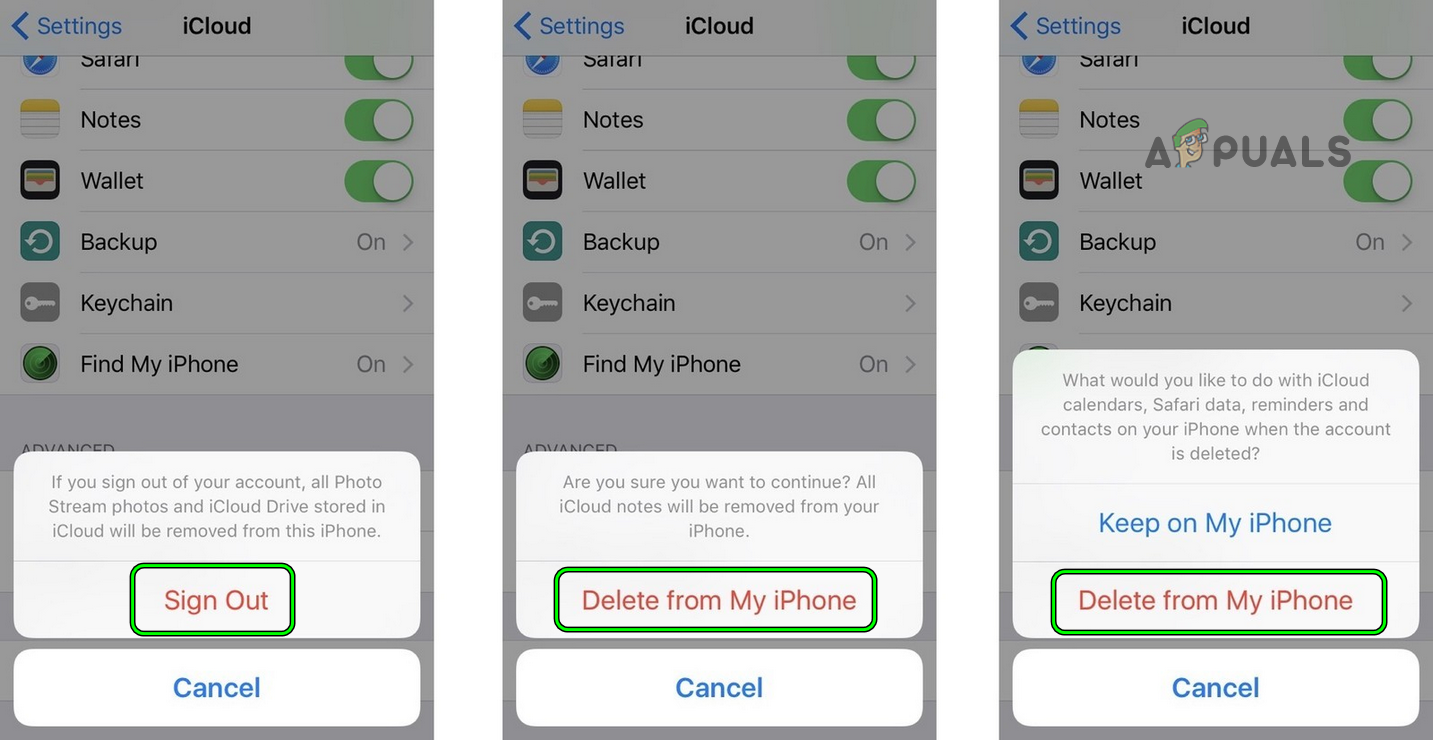
Sign Out of iCloud on iPhone - Tap Delete from My iPhone or Turn Off/Delete from My iPhone to continue.
- Wait a couple of minutes, then power off your device.
- Power your iPhone back on and sign in to iCloud again.
- Check if Apple Pay works afterward.
13. Completely Reset Your iPhone (Factory Reset)
If you’ve tried everything above and Apple Pay still won’t work, your iPhone’s system software might be corrupted. Resetting your iPhone to its factory settings can solve stubborn problems.
- First, back up all important data on your iPhone.
- Go to Settings and choose General.
- Select Reset and tap Erase All Content and Settings.
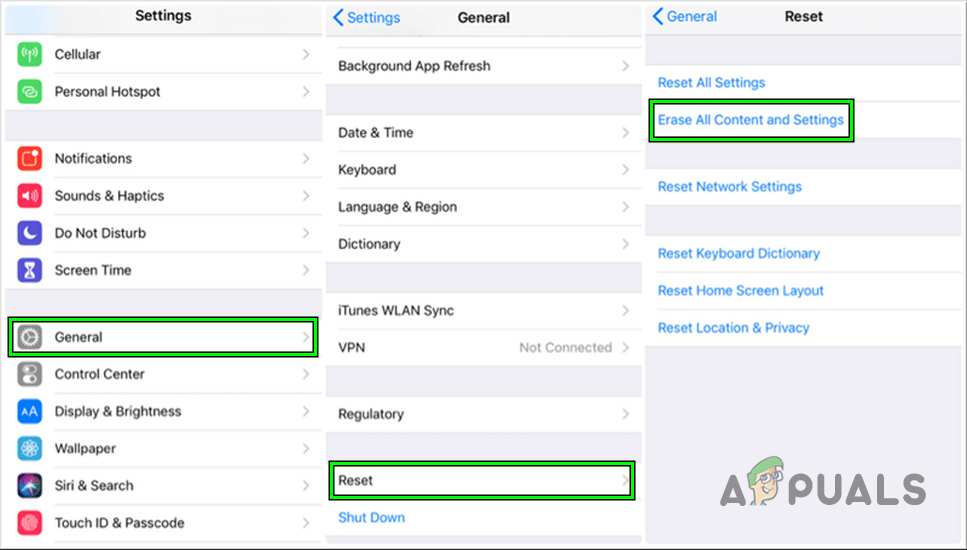
Reset iPhone to the Factory Defaults - Tap Erase iPhone and wait for the reset to complete.
- Set up your iPhone and check if Apple Pay services are restored.
- If not, you might try restoring your iPhone from an earlier iTunes backup or from a previous version of iOS.
If none of these steps work, contact your card’s issuing bank to make sure your card is active and not blocked. Sometimes, banks pause payment access for suspected fraud until a previous suspicious transaction is approved. If the issue continues, there’s a chance your iPhone may need a hardware check—especially if the “secure element” (part of the Apple Pay system) has failed.





